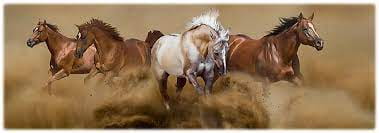(1) The student develops a supervised agriculture experience program. The student is expected to:
(A) plan, propose, conduct, document, and evaluate a supervised agriculture experience program as an experiential learning activity;
(B) apply proper record-keeping skills as they relate to the supervised agriculture experience
(2) The student develops a supervised agriculture experience program. The student is expected to:
(C) participate in youth leadership opportunities to create a well-rounded experience program; and
(D) produce and participate in a local program of activities using a strategic planning process
(3) The student describes the importance of responsible small animal ownership. The student is expected to:
(A) explain the domestication and use of small animals;
(B) identify the influence small animals have on society;
(C) describe the importance of the small animal industry;
(D) describe the obligations and benefits of small animal ownership; and
(E) discuss the use and services provided by small animals
(4) The student learns the hazards associated with working in the small animal industry. The student is expected to:
(A) explain the importance of safe practices when working with small animals;
(D) follow safety guidelines when handling dangerous chemicals and working with small animals; and
(E) demonstrate the proper use of laboratory equipment
(5) The student evaluates current topics in animal rights and animal welfare. The student is expected to:
(A) compare and contrast animal rights and animal welfare;
(B) research important persons, organizations, and groups involved in the animal rights movement;
(C) create a timeline of dates and acts of legislation related to animal welfare; and
(D) analyze current issues in animal rights and animal welfare
(6) The student knows the care and management requirements for a variety of small animals. The student is expected to:
(A) discuss the physical characteristics for each species studied;
(B) list the breeds or types of each species studied as appropriate
(7) The student examines career opportunities in small animal care. The student is expected to:
(A) identify, describe, and compare career opportunities in small animal care and management; and
(B) describe the nature of the work, salaries, and educational requirements for careers in small animal care
